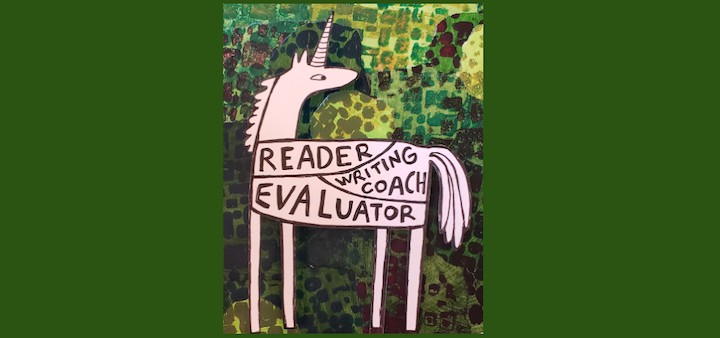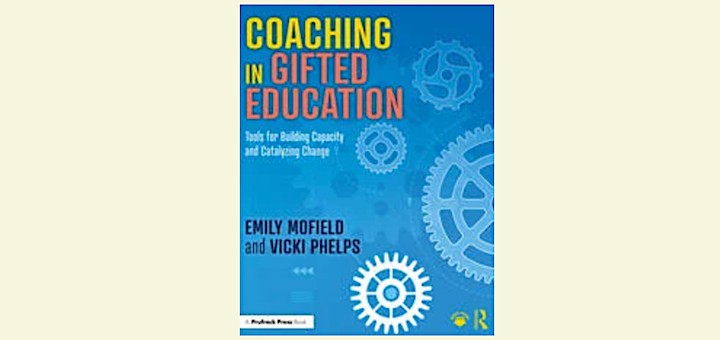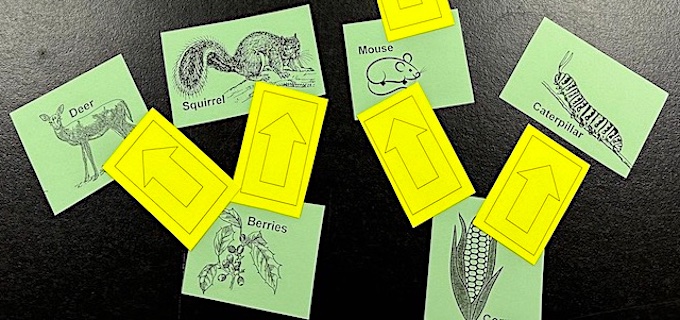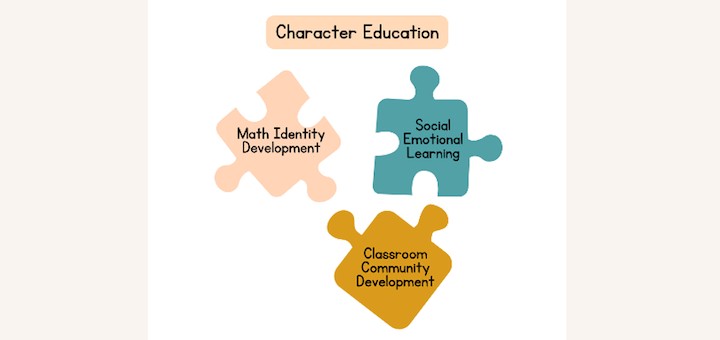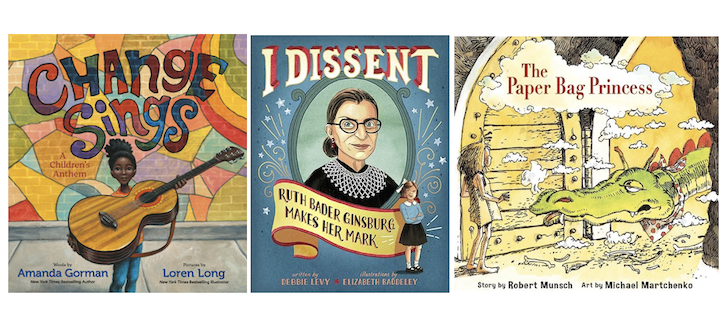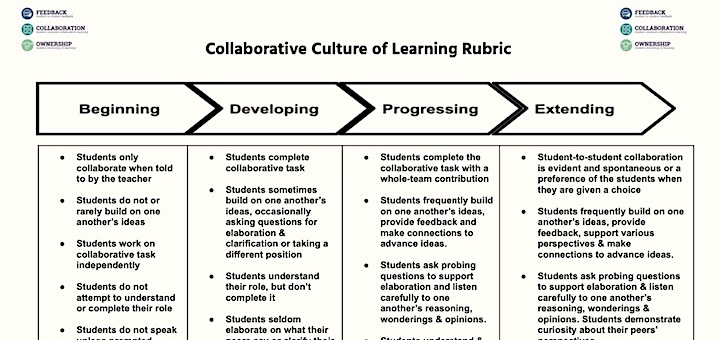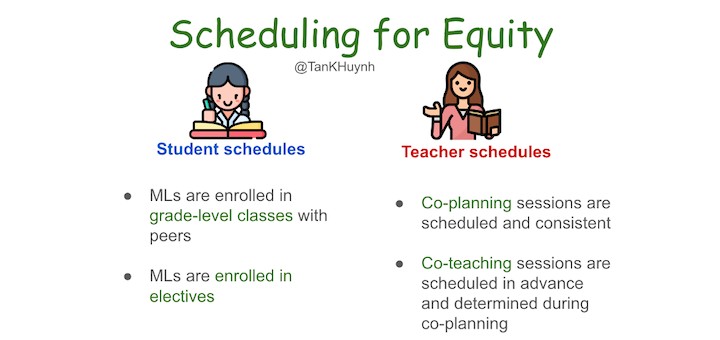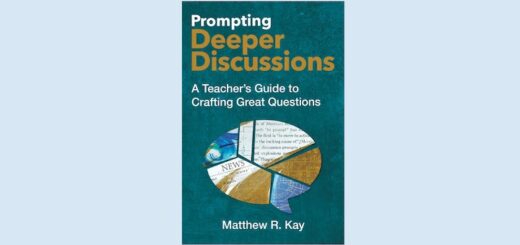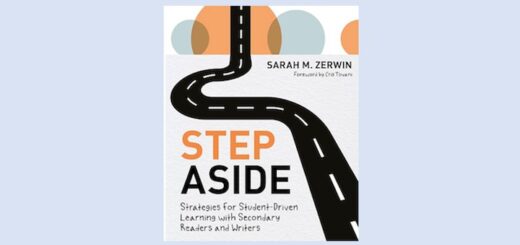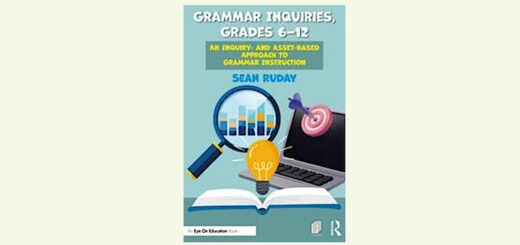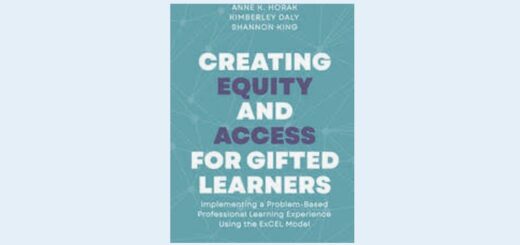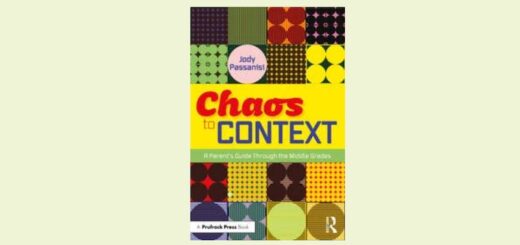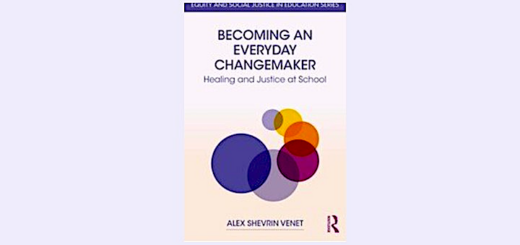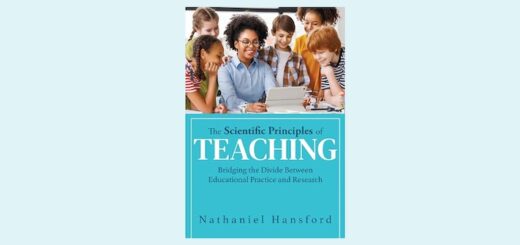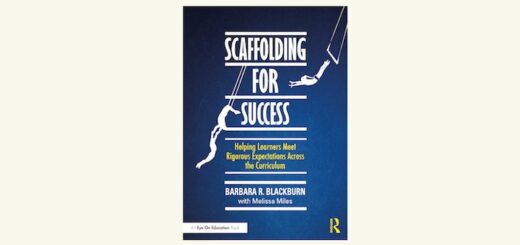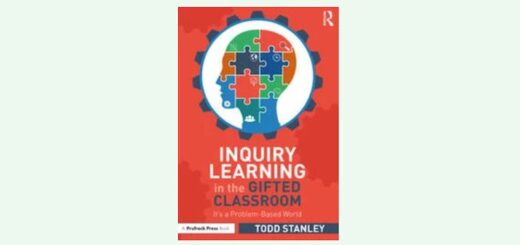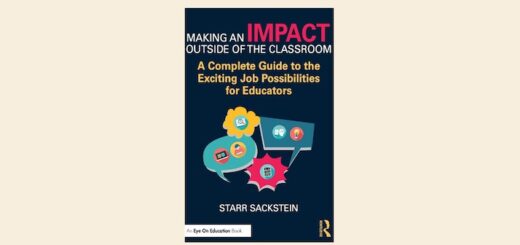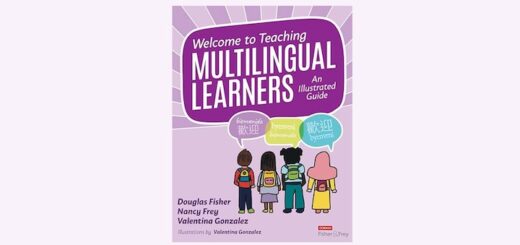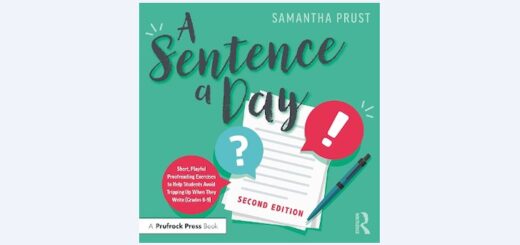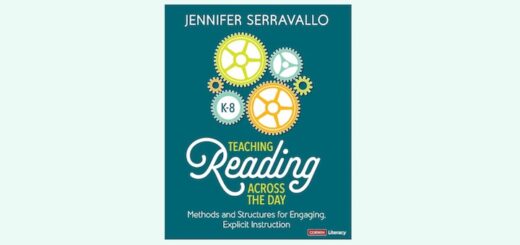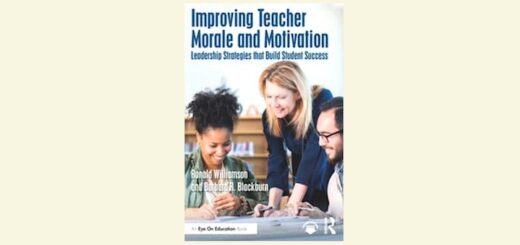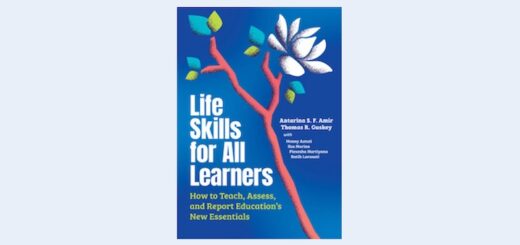Teaching and learning in grades 4-8
It pays to be strategic when managing time, writes teacher Kelly Owens. Without compromising good practice, educators can learn to ditch time drainers and invest those precious minutes in time savers. Reduce, reuse and recycle to work more efficiently and effectively.
We cannot make students be intrinsically motivated, writes teaching coach Barbara Blackburn. But we can create a classroom culture that focuses on the building blocks of value and success. When we do, students are more likely to grow resilient and take chances on learning.
Laurie Miller Hornik describes what happened when English department colleagues got together to improve their responses to student writing. The collaboration produced a feedback protocol for reading, coaching and evaluating assignments that’s still in use five years later.
Coaching in Gifted Education by Emily Mofield and Vicki Phelps is a rich resource for educators looking for ways to meet the needs of exceptional learners. The authors are the partners GT coaches need to be the partners that classroom teachers need, writes NBCT Kim Rensch.
Teachers Samantha Layne and Susanne Croasdaile introduce a new UDL-friendly tool to promote higher thinking, using a model-building strategy. TPRY helps students break down visual content, analyze it, and even build their own visual texts. See a food web modeling example.
In math class students can be challenged to build both their character and their math proficiency if we adopt the roles of cultivator and guide. Mona Iehl calls on teachers to follow the principles of ECHO and help each student embrace a leadership role in the learning journey.
Katie Durkin has begun adding picture books and read alouds to her seventh grade classes. She finds that in units like historical fiction and social justice, they bring students a sense of nostalgia, help them grasp difficult abstract concepts, and create a shared experience.
Sparking Creativity in the World Language Classroom by veteran educators Deborah Blaz and Tom Alsop provides examples from language programs showcasing how creativity can be integrated into curricula to engage our students, writes Spanish teacher and ELM coach Melinda Stewart.
Our Making Questions Count series explores three key roles in the teacher-student learning relationship. In their final post, Jackie Walsh, Emily Brokaw and Anna Salazar describe in rich detail the Student as Collaborative Contributor, with real-world stories and resources.
Equity can be found in many places in the school – on the walls, on bookshelves, and in policies. The best place to check for equity for multilingual learners is by examining teacher and student schedules. Tan Huynh describes the practices that lead to equitable scheduling.



